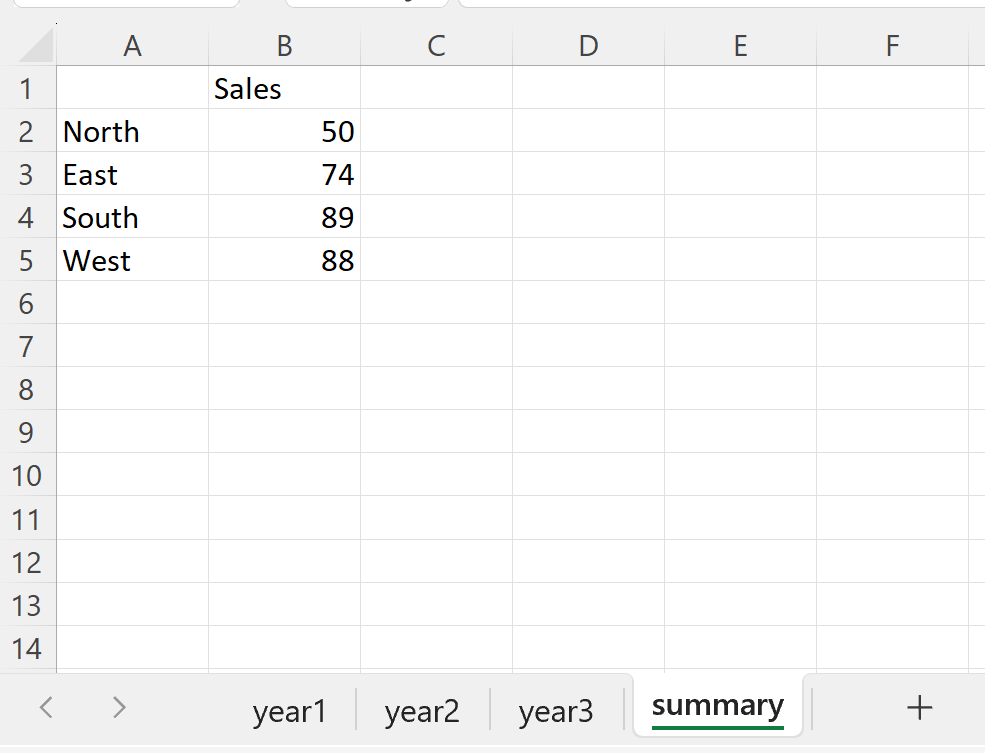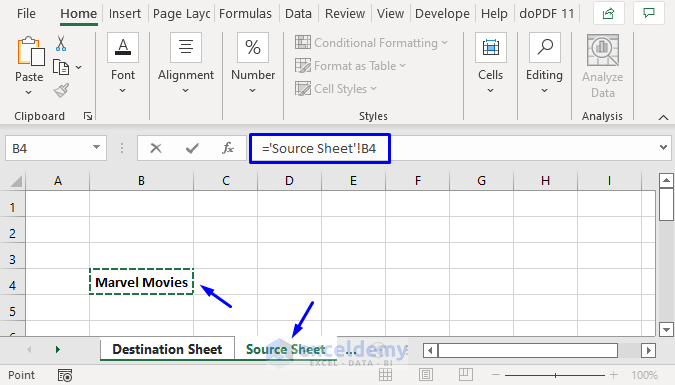Excel Sheets: Master Data Pulling Techniques

Mastering the art of data pulling in Microsoft Excel can significantly enhance your ability to analyze and present information effectively. Excel sheets are powerful tools for organizing, analyzing, and reporting data, yet many users only scratch the surface of its capabilities. In this blog post, we'll delve into advanced techniques for pulling and manipulating data in Excel, ensuring you're equipped with the knowledge to manage even the most complex datasets with ease.
Understanding Data Pulling in Excel

Data pulling is the process of extracting or importing data from various sources into an Excel workbook. This could range from simple imports from text files to complex queries from external databases. Here's why mastering these techniques is crucial:
- Data Integrity: Ensuring data is accurate and consistent as it's pulled from multiple sources.
- Efficiency: Streamlining the process of gathering data for analysis.
- Automation: Reducing manual errors by automating repetitive data entry tasks.
Basic Data Import Techniques

Before diving into advanced methods, let's cover some foundational ways to pull data into Excel:
- From Text Files: Use Excel's 'Get Data' feature to import CSV or TXT files. Simply navigate to "Data > Get Data > From File" and follow the wizard.
- From Web: Excel allows you to import data directly from a web page. Go to "Data > Get Data > From Web". This method is handy for regularly updating information from online sources.
- From Other Excel Files: You can pull data from another Excel workbook using external references or by linking files.
📌 Note: Ensure the source data structure is compatible with Excel for seamless import.
Advanced Data Pulling Techniques

VBA Macros

Visual Basic for Applications (VBA) allows for a high degree of customization in data manipulation. Here’s how you can leverage VBA:
- Automate Data Import: Write a macro to pull data from different sources at scheduled intervals or upon user interaction.
- Dynamic Updates: Use VBA to update data dynamically from external sources without manual intervention.
Power Query

Power Query, part of the Power BI suite in Excel, is an incredibly powerful tool for data transformation:
- Data Transformation: Easily clean and transform data from multiple sources. Power Query supports everything from text files to SQL databases.
- Merging and Appending Queries: Combine data from different sources with a user-friendly interface for merging and appending datasets.
PowerPivot

PowerPivot extends Excel's capabilities for managing large datasets:
- Import Data from Multiple Sources: PowerPivot can import from numerous data sources simultaneously, providing an analytical engine for larger datasets.
- Data Modeling: Create relationships between different data sets to facilitate complex analysis.
Practical Examples of Data Pulling

Here are some practical applications of these techniques:
Example 1: Web Data Import

- Select a table from a web page for real-time currency exchange rates.
- Use Power Query to set up a refresh schedule so that the data updates automatically.
Example 2: Automated Report Generation

- Create a VBA script to extract sales data from various spreadsheets into a consolidated report.
- Format and email the report automatically at month-end.
Optimizing Data Pulling with Excel

To truly master data pulling in Excel, consider these optimization strategies:
- Use Connection Files: Store connection information in separate files to facilitate sharing and updates.
- Refresh Control: Configure when and how data should be refreshed to avoid performance issues with large datasets.
- Security Settings: Manage permissions and security to ensure data integrity when pulling from external sources.
💡 Note: Regularly audit and update your data sources to maintain accuracy over time.
By integrating these techniques into your Excel workflow, you can automate data pulling, ensuring your reports are not only comprehensive but also current and reliable. Whether you’re pulling data from the web, other Excel files, or corporate databases, these methods will help you work smarter, not harder, in your data management tasks.
What are the benefits of using Power Query over traditional methods?

+
Power Query offers a more intuitive and powerful interface for data transformation compared to traditional methods, enabling users to merge, split, filter, and transform data with less effort.
Can I automate the data pulling process for large datasets?

+
Yes, by using VBA macros or setting up Power Query to refresh at scheduled times, you can automate pulling large datasets from various sources into Excel.
How secure is it to connect Excel to external databases?

+
Excel's connection security depends on settings like encryption, user authentication, and permissions. Ensuring secure connections through protocols like SSL/TLS enhances security.
By leveraging these techniques, your data pulling becomes not just a task but a seamless part of your data management strategy. Remember, the key to mastering Excel data pulling lies in understanding the tools at your disposal and knowing how to apply them effectively to meet your specific needs. With practice and the insights from this post, you’re on your way to becoming an Excel data pulling expert!



